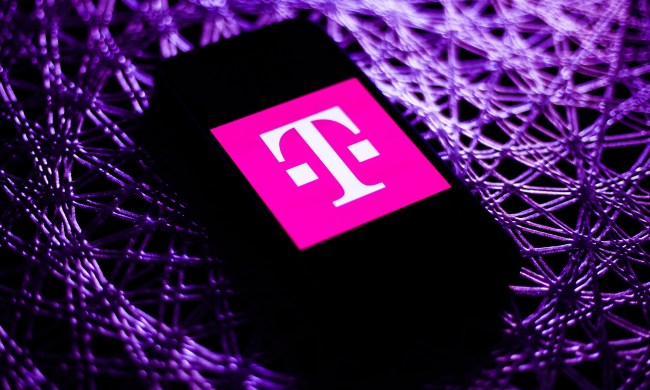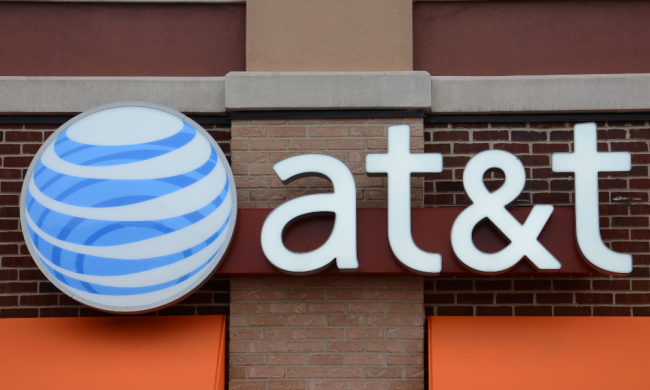If there’s anyone on Earth who’s more excited about the metaverse than Meta (formerly Facebook) CEO Mark Zuckerberg, it’s the people who are currently working to construct 5G networks.
The term “metaverse,” broadly defined, is an all-encompassing and immersive version of the internet, as experienced through augmented and virtual realities. The term was originally coined by Neal Stephenson in his 1988 cyberpunk novel Snow Crash and is currently being used without permission.

What’s the deal with the metaverse?
You can go on all day, and many have, about the actual day-to-day utility of the metaverse as it’s currently presented. Meta’s version looks like you’re volunteering to live inside an Xbox 360 game; there’s very little it offers that isn’t already possible with non-metaverse software, i.e. Rec Room. That’s not to mention that if you’ve actually read Snow Crash, naming it the metaverse in the first place is effectively endorsing a dystopia. Meta might as well have called itself Better Than Life, or done away with all pretenses and named itself We’re Going to Kill You.
Perhaps most importantly, there is no single human on Earth who is less suited to the task of being the public face of the metaverse than Mark Zuckerberg. Even if you disregard Facebook’s nontrivial role in creating our current disinformation hellscape, any promise to “revolutionize social interaction” rings hollow from someone who appears to be a Westworld robot. Zuckerberg already revolutionized social interaction once, and it didn’t turn out so well.
Despite Zuckerberg, the idea of the metaverse does have a faint air of inevitability. Virtual reality is currently in the process of evolving away from its rough early days and into a useful and increasingly accessible tool for education, simulation, and occasional zombie slaughter. During the 2020 lockdowns, social VR programs were repurposed into high school classes, meetings, birthday parties, and even therapy visits.

AR and VR is only a part of it
The next step in VR/AR, in theory, is a unified program that turns the field from several-thousand garage band developers into a single streamlined application. At the time of writing, Meta is just the first company to make a big public step forward on the topic; Microsoft isn’t that far behind, and it can be assumed that any other company on that level is working on a metaverse project of its own.
That includes most of the major players in 5G, many of whom have been talking about the imminence of the metaverse for months, if not years. AT&T has talked the metaverse up as an “endless learning opportunity” where students can experience lessons rather than read them from a book; Verizon is already talking about hanging out with virtual Smurfs, for some reason; and T-Mobile has been testing holographic video- and frontline worker-focused applications for AR. Whether the metaverse represents a revolution or not, many of the major players are treating it like one.
As per an August report in Bloomberg, this is largely an effort to keep history from repeating itself. The problem with being a wireless provider is that you’re essentially building a car for someone else to drive. The jump from 3G to 4G is a big part of what built our modern social media landscape, but that money got made by Facebook and Google, not Verizon or T-Mobile.
Those same carriers have spent billions on the forthcoming 5G launch, which is likely to create a similar shock. This time, they’re trying to prepare in advance, with metaverse-adjacent programming initiatives. The relatively new Game View feature within AT&T’s WNBA app or the “Project Monarch” interactive billboard in Times Square are both implementations of technology that carriers are hoping will one day get scaled up as part of the metaverse.

What role does 5G play in all this?
There’s a potential world-changer in 5G, but buzzword phrases like “the internet you had before, just much faster” isn’t enough to justify the investment. The metaverse offers these carriers a chance, possibly their only chance, to make their money back.
Even subtracting Zuckerberg from the equation, that’s still enough to justify cynicism about the metaverse. Right now, everything proposed about its implementation is about work and sales, with lip service paid to education and one of history’s lowest-key villains leading the charge.
Like the internet before it, the metaverse is just a tool and will likely have useful, transformative effects. Meta wants to ship the metaverse pre-exploited, to turn the actual world into an advertising platform, and the people currently building the structure to make it work are actually looking forward to that.
What’s going to be more interesting, though, just like the cyberpunk stories that gave the metaverse its name, is what gets done on the ground to get around the metaverse’s creators. I don’t care about the metaverse, but I’m really curious to see what happens with the cracked, ad-free version.


